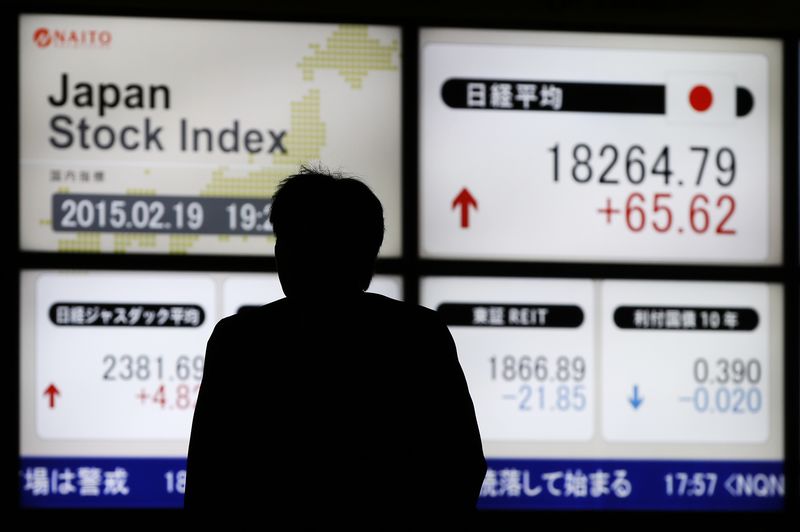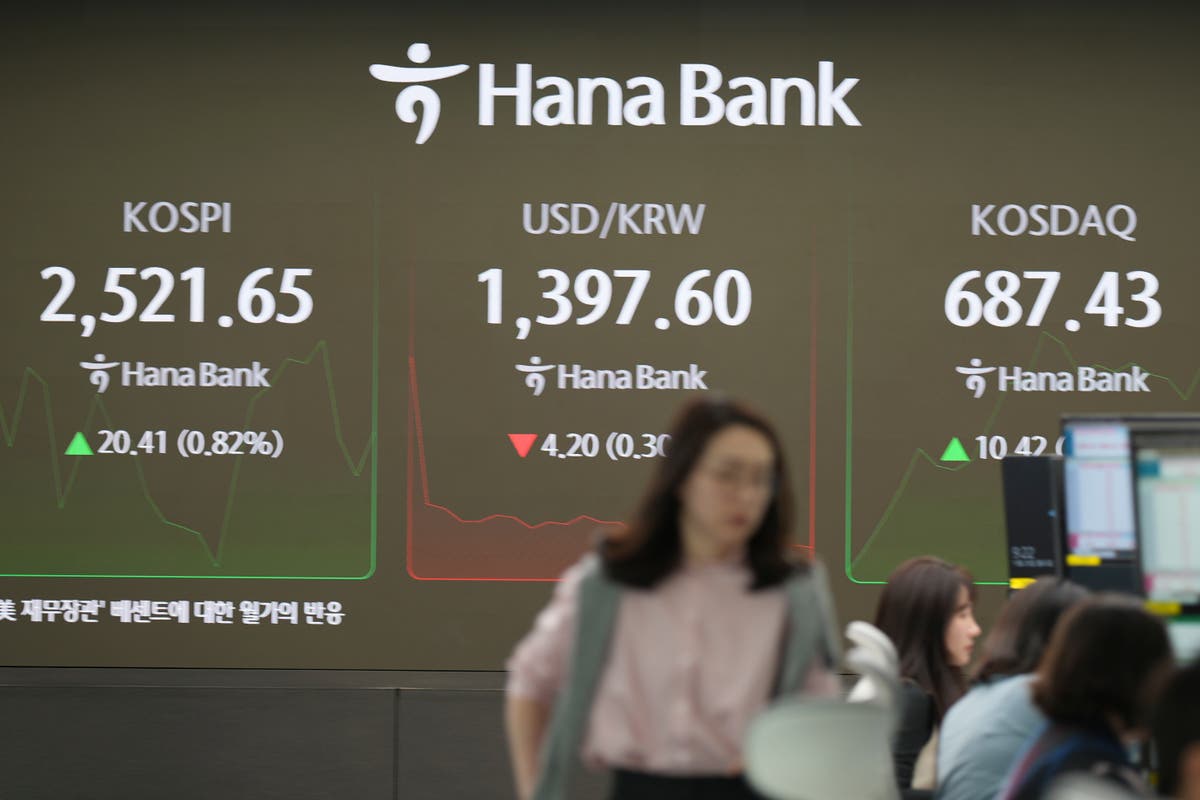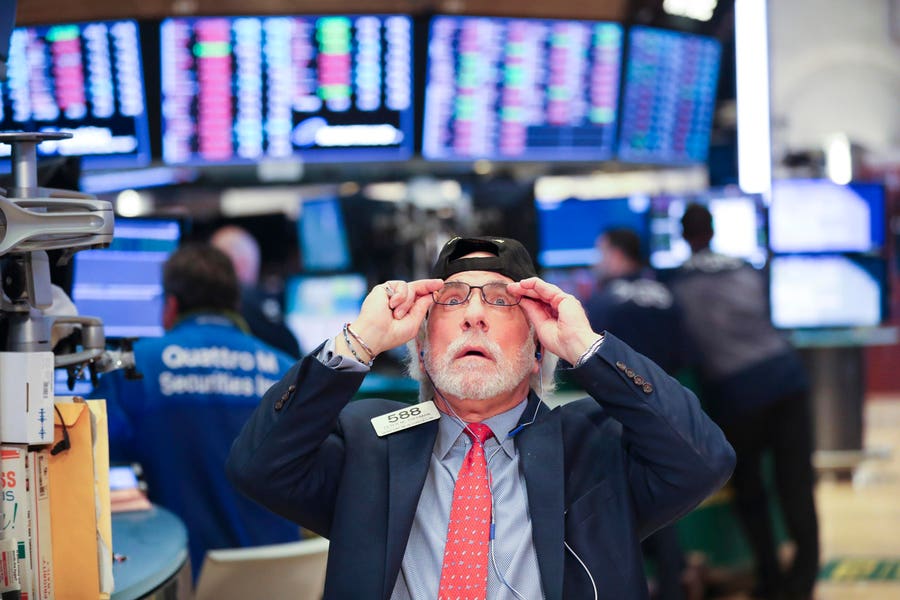Private Companies
No results found
- All News
- Articles
- Video
- Podcasts
Latest Updates
The rise in long-dated Treasury yields has been a major preoccupation for investors since the Federal Reserve delivered its jumbo interest-rate cut last month.
Developments over the next week or so could determine whether this trend continues or slams into reverse. Bond yields move inversely to prices.
In commentary shared with MarketWatch on Monday, Charlie McElligott, a cross-asset strategist at Nomura, rattled off a litany of potentially market-moving events in the bond world expected during that time.
“Bonds are in the midst of a rolling ‘crucible moment,'” McElligott said.
A “crucible moment” refers to a notable turning point in the history of a company or market.
First, investors will need to contend with a spate of auctions for 7-year, 5-year and 2-year notes. A combined $139 billion in 2-year and 5-year notes are set to be auctioned Monday at 1 p.m. Eastern time, and $44 billion in 7-year notes will be sold on Tuesday.
Next up is the Treasury Department’s quarterly refunding announcement. The first part will be released at 3 p.m. Eastern time on Monday and will include information about the total size of the Treasury’s anticipated funding needs for the fourth quarter of 2024 and the first quarter of 2025. A follow-up announcement with more details is expected at 8:30 a.m. on Wednesday.
On top of this, investors will need to parse a flurry of key economic data, including the latest readings from the Federal Reserve’s preferred inflation indicator, the PCE index, as well as a preliminary reading on third-quarter GDP growth and the latest monthly labor-market report from the Department of Labor. Other jobs-related data will be released this week ahead of the big report on Friday.
And finally, on Nov. 5, Americans will vote in a U.S. presidential election that is considered a dead heat by most polls. Afterwards, the Federal Reserve will hold its next two-day policy meeting, which is due to conclude on Nov. 7. The central bank’s policy-setting committee will release its next decision on changes to its policy-rate target at that time. Fed Chair Jerome Powell will also hold a press conference.
Treasury yields were marginally higher early Monday, with the 10-year at 4.244%, according to FactSet data.
Stocks opened higher Monday, kicking off a busy week of economic data and corporate earnings. Analysts said sentiment was boosted as oil prices fell sharply after a limited Israeli strike on Iran was seen lessening the prospects of a near-term escalation that could threaten crude flows.
The Dow Jones Industrial Average was up 280 points, or 0.7%
The S&P 500 rose 0.5%
The Nasdaq Composite gained 0.6%
Bond yields climbed sharply from a month ago on surprisingly resilient U.S. economic data and increased hedging activity around the potential of former President Donald Trump winning the election.
The 10-year Treasury yield was roughly flat Monday at around 4.24%, even as oil prices eased back. It has gained about 60 basis points from its mid-September low of 3.62%, according to Dow Jones Market Data. The 5-year Treasury yield was at 4.06% on Monday.
“Indeed, all of this goes to show that if Trump loses, and Kamala Harris wins, bond yields across the belly of the UST curve would collapse, by up to 30bps, we think, and the USD would weaken again,” a Macquarie global strategy team led by Thierry Wizman wrote in a Monday client note, adding that focus will remain on the U.S. election in the week ahead, as well as on economic data, including Friday’s monthly jobs report.
(CARSON GROUP)
As of Monday, there are only eight days left until the Nov. 5 U.S. election. But before investors get too excited about what is expected to be a scary week for markets, they can maybe find some comfort in this.
According to Carson Group’s Ryan Detrick, Monday is the most bullish day of the year for stocks, with the S&P 500 rising an average of 0.5% on Oct. 28 going back to 1950.
So-called seasonals haven’t exactly been the best guide for markets this year, seeing as stocks continued to power higher during September, historically the worst month of the year for the S&P 500. Stocks have also defied an established trend of election-year weakness during October.
Still, it’s worth keeping in mind, seeing that futures are solidly higher ahead of the bell after Israel’s retaliatory strike against Iran was more limited than many had expected. This helped to boost stock futures while driving crude-oil prices lower.
One more thing: Oct. 28 also happens to be Detrick’s birthday.
Shares of Boeing Co. bounced into the green Monday, after the troubled aerospace giant announced a larger-than-expected $19 billion capital raise, through public offerings of common stock and depositary shares.
Included in the offerings are 90 million shares of common stock, which based on Friday’s closing price of $155.01 would be valued at $13.95 billion.
The company is also offering $5 billion of depositary shares, each representing one-twentieth of a share in newly issued convertible preferred stock.
Strategists at TD Securities called the election result in Japan — where the ruling LDP lost its majority but there was no clear winner — a “mess.”
The dollar recently was exchanging hands at 152.82 yen, up 0.3% on the day.
The strategists said the election result won’t impact this week’s Bank of Japan decision but could muddy the road ahead.
“A move towards 155-160 cannot be ruled out,” they said. “If this materialized, this would put USDJPY back in the danger zone and likely spark renewed questions on MoF intervention.”
APA, Diamondback Energy, Halliburton and Exxon Mobil were among the oil explorers and services companies trading about 2% to 3% lower in premarket trade following the slump in oil prices.
Mag 7 names, however, were higher, with Nvidia up over 1%, as was Alphabet. Trump Media & Technology soared 8% on hopes over the likelihood that its majority shareholder, former President Donald Trump, will be elected.
Airlines and other travel companies rallied in European trade as the slump in oil futures led to hopes that jet fuel prices would fall.
EasyJet, Lufthansa and Tui each gained ground, while integrated oil companies BP and Shell lost 2% each.
How are stock-index futures trading:
Dow Jones Industrial Average futures increased 219 points, or 0.52%, to 42,539
S&P 500 futures increased 31.75 points, or 0.54%, to 5,877.75
Nasdaq 100 futures increased 136.50 points, or 0.67%, to 20,634.25
On Friday, the Dow Jones Industrial Average fell 260 points, or 0.61%, to 42,114, the S&P 500 declined 2 points, or 0.03%, to 5,808, while the Nasdaq Composite gained 103 points, or 0.56%, to 18,519.
Stock futures rallied on Monday morning as oil prices slipped in response to Israel’s relatively limited response to Iran’s strikes on Oct. 1. Israel’s strikes on Iranian “military targets” killed four Iranian soldiers while avoiding the Islamic Republic’s oil and nuclear facilities. Brent crude prices fell 4%.
Israel’s limited strikes helped push up stock futures following last week’s mini scare that saw the S&P 500 end the week lower for the first time in six weeks, as investors priced out some of the geopolitical risk that markets were factoring in.
Investors will now be bracing themselves for a flurry of financial results in which 40% of the S&P 500 by market capitalization is set to publish third-quarter statements, including five of the Magnificent Seven tech companies – Alphabet, Microsoft, Meta, Apple, and Amazon.com.
Betting markets are giving former President Donald Trump a 61% likelihood he’ll defeat Vice President Kamala Harris next week, according to a RealClearPolitics average.
The dollar rose against the Japanese yen after Japan’s ruling Liberal Democratic Party also lost its majority in the country’s lower house for the first time since 2009.
In terms of data, investors will now be readying themselves for a barrage of new information, including Q3 gross domestic product data on Wednesday, personal consumption expenditures data on Thursday, and U.S. jobs data on Friday.
and subject to
Historical and current end-of-day data provided by
FACTSET. All quotes are in local exchange time. Real-time last sale data for U.S. stock quotes reflect trades reported through Nasdaq only. Intraday data delayed at least 15 minutes or per exchange requirements.


















